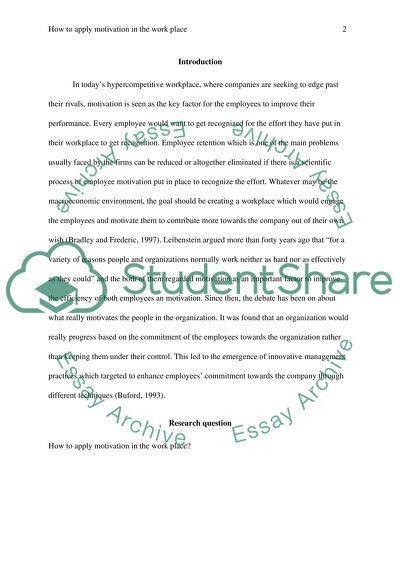Cite this document
(“How to apply motivation in the work place Research Paper”, n.d.)
How to apply motivation in the work place Research Paper. Retrieved from https://studentshare.org/human-resources/1491031-how-to-apply-motivation-in-the-work-place
How to apply motivation in the work place Research Paper. Retrieved from https://studentshare.org/human-resources/1491031-how-to-apply-motivation-in-the-work-place
(How to Apply Motivation in the Work Place Research Paper)
How to Apply Motivation in the Work Place Research Paper. https://studentshare.org/human-resources/1491031-how-to-apply-motivation-in-the-work-place.
How to Apply Motivation in the Work Place Research Paper. https://studentshare.org/human-resources/1491031-how-to-apply-motivation-in-the-work-place.
“How to Apply Motivation in the Work Place Research Paper”, n.d. https://studentshare.org/human-resources/1491031-how-to-apply-motivation-in-the-work-place.


